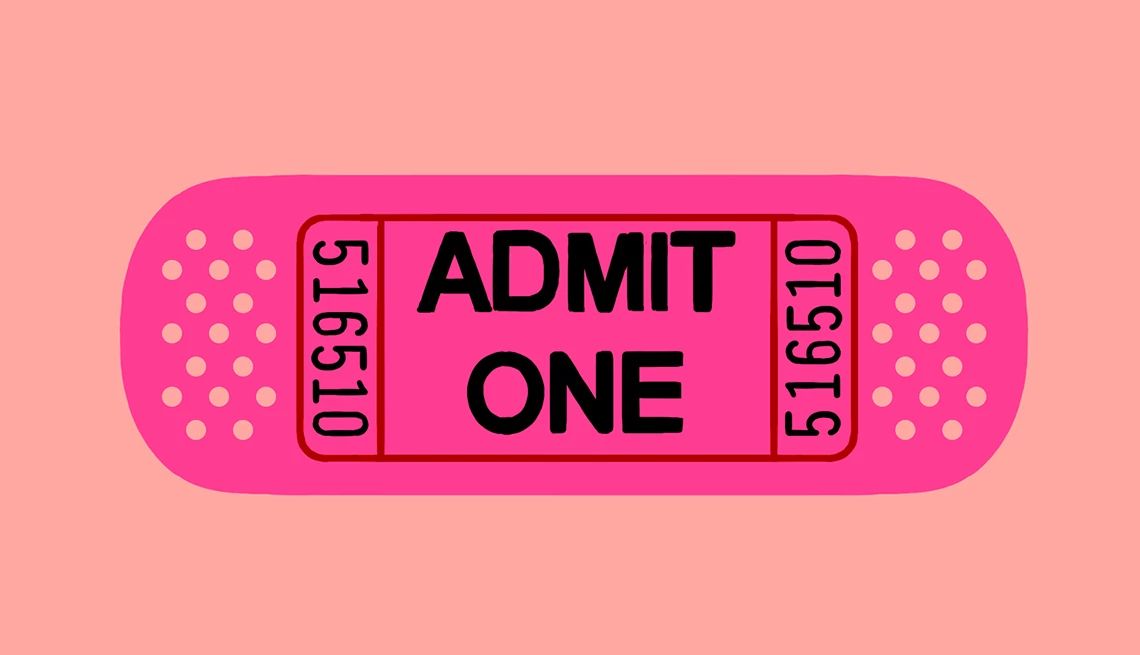AARP Hearing Center


The next time you have a stuffy nose, you should check the ingredients before you grab just any product in the drugstore.
Many over-the-counter cold and allergy medicines contain phenylephrine — a common decongestant that a U.S. Food and Drug Administration (FDA) advisory committee recently concluded is ineffective when taken by mouth, although experts say that it’s still effective when used in a spray.
Sometimes labeled PE on packaging, phenylephrine is found in more than 200 products, including Sudafed PE, Benadryl Allergy D Plus Sinus, and Vicks DayQuil Cold and Flu Relief.
Experts say they have long known that the drug doesn’t work, and they’re hopeful the FDA’s news will prompt people to try other remedies that actually relieve symptoms.
“It’s something we all knew and talked about a lot,” says H. James Wedner, a professor of medicine in the Division of Allergy and Immunology at Washington University School of Medicine. “Fortunately, there are plenty of options that are very effective.”
Some treatments are specifically designed for congestion caused by allergies. Others work for all manner of stuffy noses. Here are seven remedies to try to help you breathe freely again:
1. Pseudoephedrine-based products
Studies show pseudoephedrine, an FDA-approved decongestant, is highly effective at clearing congestion caused by allergies, infections or the common cold. It works by narrowing the blood vessels in your nasal passages.
Medications that contain pseudoephedrine don’t require a prescription, but you do have to request them from the pharmacist and you’ll have to show your driver’s license to get them. The drug was moved behind the counter in 2006, and limits were placed on how much you can buy, because it can be used it to make illegal methamphetamine.
Although effective, pseudoephedrine may not be a good choice for people with cardiovascular issues because it can raise blood pressure, says Marc Feeley, an ear, nose and throat (ENT) doctor at Vanderbilt University Medical Center.
If you have high blood pressure already or you have heart disease, you should talk to your doctor before taking it.
2. Oxymetazoline or phenylephrine nasal sprays (Vicks Sinex, Afrin, Neosynephrine)
There’s no question that nasal sprays with oxymetazoline or topical phenylephrine can bring instant relief if you’re congested, whether from allergies or a respiratory virus. A few squirts in each nostril, and within minutes, your nasal blood vessels will constrict and you will be able to breathe freely again.
The downside, doctors say, is that the sprays are potentially addictive and can actually make your congestion worse if you use them for more than a few days. That makes health care providers reluctant to recommend them.
“What happens is that patients get hooked,” Wedner says. “I tell my patients, you can use it for maybe two days and then throw it away.”
The National Library of Medicine says oxymetazoline sprays should be used no more than twice in 24 hours and for no more than three days.































































)
)















More on Health
Is It a Sinus Infection?
Symptoms overlap with other common conditionsHave the Flu? Here's What You Need to Do
Plus, what not to do when you’re sickAllergy Medicines to Avoid
And what to take instead when the sneezing starts